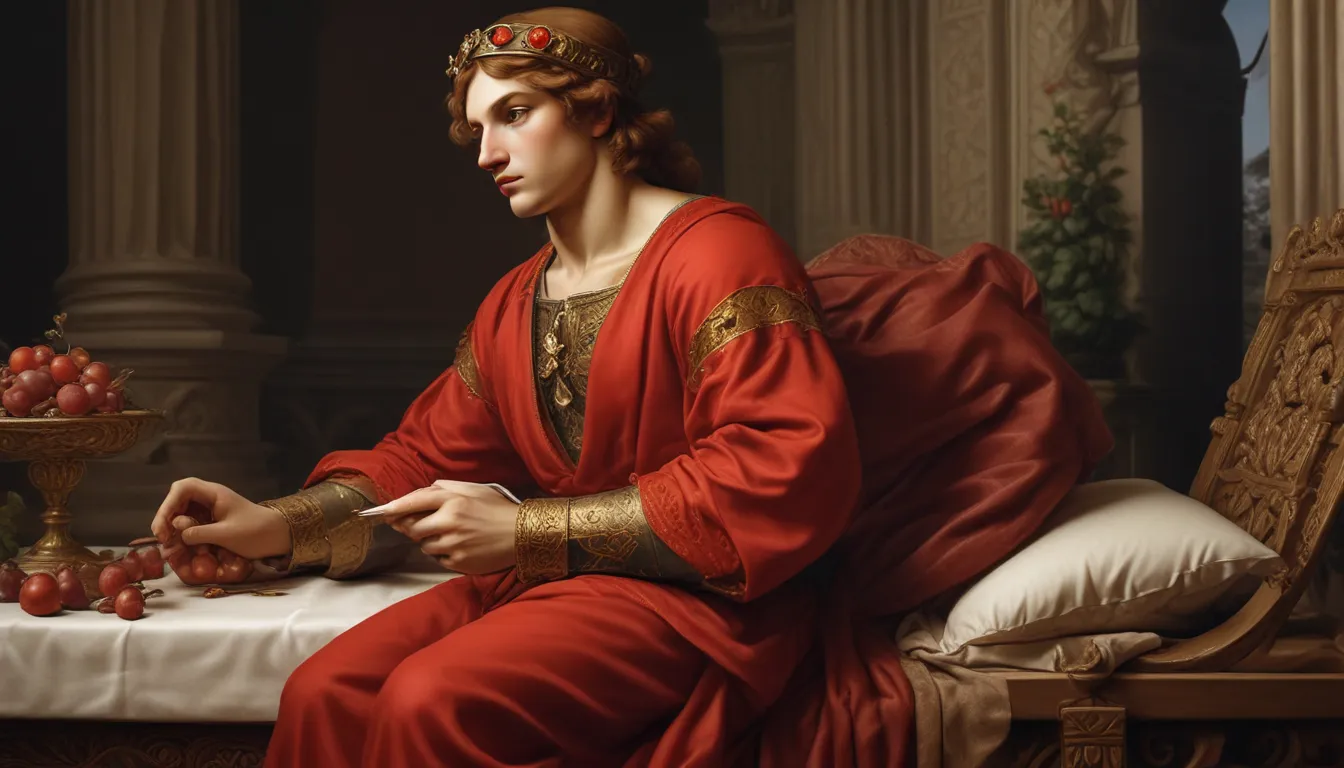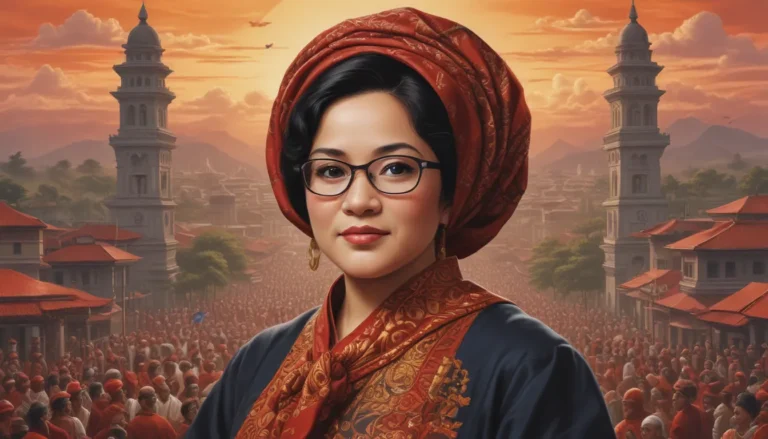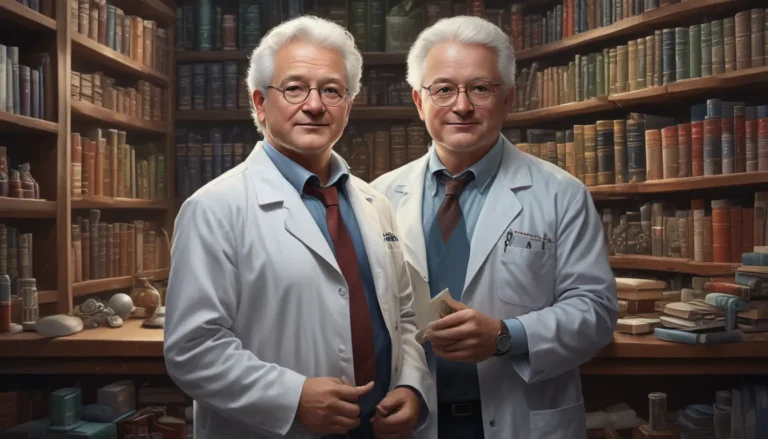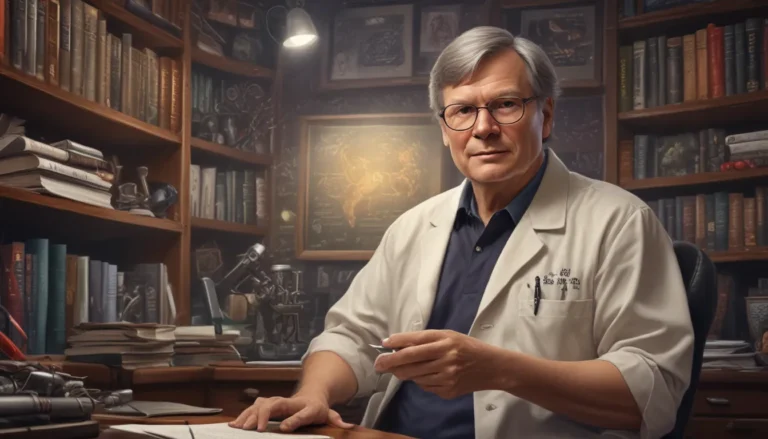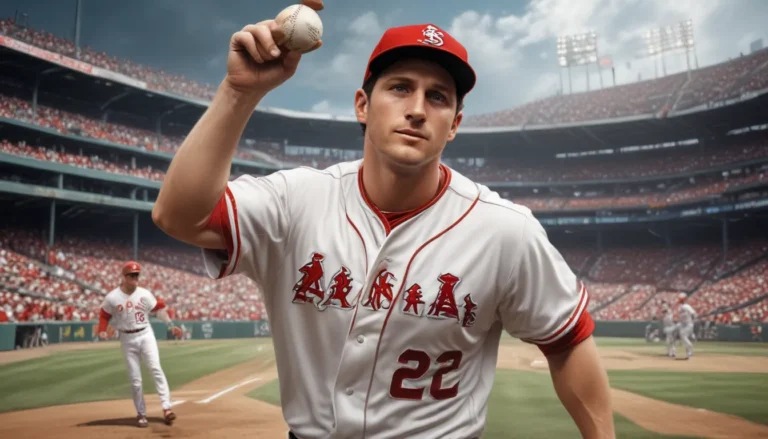The images in our articles may not match the content exactly. They are used to grab your attention, not to show the exact details in the text. The images complement the text but do not replace it.
Welcome to our journey through the life and artistry of Raphael, a renowned artist of the Italian Renaissance. Raphael, born on April 6, 1483, in Urbino, Italy, left a lasting impact on the world of painting and architecture. His stunning masterpieces continue to captivate art enthusiasts globally. Join us as we uncover 18 fascinating facts about this extraordinary artist, shedding light on both his personal experiences and artistic accomplishments.
Early Life and Education
Raphael, whose full name was Raffaello Sanzio da Urbino, exhibited a natural talent for art from a young age. Under the guidance of his father, Giovanni Santi, who was a painter, Raphael received his early training in Urbino. This early exposure to art laid the groundwork for his future success in the art world.
Renaissance Influences
As a prominent figure of the Renaissance period, Raphael drew inspiration from the works of other renowned artists of his time, such as Leonardo da Vinci and Michelangelo. By studying their techniques and incorporating their ideas into his unique style, Raphael honed his skills as a painter and established himself as a distinguished artist of the era.
Vatican Commissions
Raphael’s exceptional talent brought him to Rome, where he received significant commissions from Pope Julius II and Pope Leo X. Among his notable works is “The School of Athens,” commissioned for the Vatican’s Apostolic Palace, showcasing his unparalleled skill and creativity.
The Raphael Rooms
Within the Vatican, Raphael’s frescoes grace several rooms known collectively as the Raphael Rooms or the Stanze di Raffaello. These rooms exemplify his mastery of composition, perspective, and storytelling, captivating viewers with their beauty and depth.
Sublime Portraits
A noteworthy contribution of Raphael to the art world is his expertise in portraiture. His ability to capture the essence and personality of his subjects is evident in paintings like “Portrait of Baldassare Castiglione” and “Portrait of Pope Julius II,” showcasing his skill in conveying emotion and character through art.
Madonna Paintings
Raphael’s devotion to depicting the subject of Madonna and Child is well-documented. His numerous paintings portraying the Virgin Mary and baby Jesus exude a sense of tranquility and reverence, resonating with audiences through their emotive quality.
Symbolism in Art
An adept storyteller, Raphael often layered symbolism into his works, imbuing them with deeper meaning and complexity. In pieces like “The School of Athens,” he cleverly integrated symbolic elements, such as portraying Plato with Leonardo da Vinci’s features, highlighting the connection between ancient wisdom and contemporary knowledge.
Influence on Landscape Painting
While renowned for his portraits and religious paintings, Raphael also made notable contributions to landscape painting. His keen observation of nature and skill in capturing atmospheric effects are evident in the landscapes that often served as backdrops in his compositions, showcasing his versatility as an artist.
Collaborations with Other Artists
Recognizing the value of collaboration, Raphael frequently worked alongside other esteemed artists of his time. A notable collaboration was with Giulio Romano on the decoration of the Villa Farnesina, illustrating his ability to adapt his style to different projects and genres.
Architectural Endeavors
In addition to his accomplishments in painting, Raphael ventured into architecture, contributing to various architectural projects, including the plans for St. Peter’s Basilica in Rome. His architectural drawings reflected his meticulous attention to detail and innovative approach to design.
Impact on Art Education
Raphael’s artistry and techniques serve as a cornerstone of art education, offering valuable insights into composition, color theory, and storytelling for aspiring artists. His works continue to be studied and analyzed, providing a source of inspiration and learning for generations to come.
Untimely Death
Tragically, Raphael’s life was cut short at the age of 37 due to a sudden illness on April 6, 1520, leaving behind a rich artistic legacy and unfinished projects. His untimely death marked the end of a brilliant career that had already etched his name in the annals of art history.
Posthumous Influence
Even after his passing, Raphael’s influence persisted, shaping the work of subsequent generations of artists, including Mannerist and Baroque painters who drew inspiration from his style and techniques. His legacy continued to inspire and impact the art world long after his death.
Rediscovery and Appreciation
In the 19th century, there was a renewed interest in Raphael’s works, leading to a revival of his popularity among art critics and collectors. A new generation discovered and appreciated his extraordinary talent, recognizing him as a master of his craft whose brilliance transcends time.
Artistic Geniuses of the Renaissance
Raphael, alongside Leonardo da Vinci and Michelangelo, formed a trio of artistic geniuses during the Italian Renaissance era. Together, they revolutionized the art world, pushing boundaries and setting new standards of excellence that continue to influence artists to this day.
Legacy in the Vatican Museums
Raphael’s works remain a cherished highlight in the Vatican Museums, where visitors can experience the beauty and brilliance of his artistic creations firsthand. His paintings, which attract millions of art enthusiasts each year, serve as a testament to his enduring legacy and artistic prowess.
Raphael’s Last Painting
Considered a masterpiece, Raphael’s final work, “Transfiguration,” showcases his exceptional talent in composition and his ability to evoke complex emotions through art. Completed shortly before his untimely death, this painting stands as a testament to his enduring legacy as a visionary artist.
Inspiration for Artists Today
Even in the modern era, Raphael’s art continues to inspire and influence contemporary artists with its technical sophistication, attention to detail, and emotional depth. His timeless works serve as a wellspring of inspiration for artists seeking to hone their craft and express themselves through art.
Conclusion
Raphael’s contributions to art are nothing short of remarkable, leaving an indelible mark on the art world that continues to resonate with audiences worldwide. His unwavering dedication to his craft, coupled with his exceptional talent and creativity, ensures that his legacy endures as a beacon of artistic excellence for generations to come.
Frequently Asked Questions (FAQs)
What are some famous paintings by Raphael?
- “The School of Athens”
- “Madonna of the Chair”
- “The Sistine Madonna”
- “Portrait of Baldassare Castiglione”
- “Transfiguration”
Where can I see Raphael’s paintings?
- The Vatican Museums in Vatican City
- The Uffizi Gallery in Florence, Italy
- The Louvre Museum in Paris, France
- The National Gallery in London, United Kingdom
How did Raphael influence other artists?
- His techniques and style influenced Mannerist and Baroque painters.
- Artists studied his works to understand composition, color theory, and storytelling.
What is the most famous fresco painted by Raphael?
“The School of Athens” is widely regarded as Raphael’s most famous fresco, located in the Vatican’s Apostolic Palace.
How did Raphael die?
Raphael passed away at the age of 37 due to a sudden illness on April 6, 1520.
As we conclude our exploration of Raphael’s life and art, we invite you to continue delving into the rich tapestry of his work and legacy, discovering the enduring beauty and brilliance of this revered Renaissance master.
